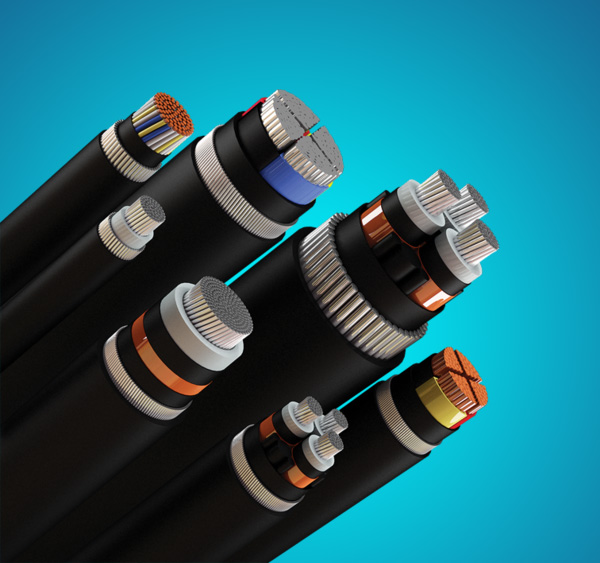
November
Armored Electrical Cable: The Ultimate Buyer Guide
November
1.What Is An Armored Electrical Cable?
Generally speaking, an armored electrical cable is a reinforced cable. Essentially, it is more robust than standard electrical wires. Most of us mistakenly believe that the Steel Wire Armored (SWA) cable is the only cable with armoring. However, contrary to popular belief, there are several classifications of cables with armoring.
2.When To Use Armored Electrical Cable?
The primary purpose of armoring in electrical cables is to provide action against external extremities. So, an electrical armored cable will serve you better when transmitting electricity in a punitive environment. The outdoors is an example of an environment that calls for the use of armored cables. An outdoor armored electrical cable is effective in such an environment because its armoring provides sufficient protection against UV rays, water, and mechanical risks.
Needless to say, you need to be keen when choosing an armored cable that suits your specific application. Each Armor classification is best suited for a particular role.
3.How To Cut Armored Electrical Cable?
The length of cable required tends to vary from one application to another. But, it is often difficult to determine the exact measurement of wire needed for a particular wiring application. Consequently, you might find yourself in a situation where you have to cut the cable.
Like a standard cable, all you need are a couple of cutting tools and a steady arm. However, it is more challenging to cut an electrical wire with armoring than a standard cable. Armored cables have a tough exterior compared to other electrical wire types because their design is calibrated for maximum performance, steadfastness, and safety. Therefore, it would be best to avoid the hustle of cutting any electrical armored cable by ensuring that you buy the right length of wire.
4.How To Cover Armored Electrical Cable?
Most of us often find covering an armored electrical cable challenging, especially when dealing with outdoor underground applications. Mostly, people are not sure whether or not to use a conduit often plagues our minds. Well, armored cables can withstand external extremities, so you don’t necessarily have to use an extra protective cover. Nevertheless, in such a scenario, you need to ensure that your choice of cable is a burial-rated one, such as an SWA steel-armored electrical cable
Still, you need to ensure that you bury the cable deep enough that it is improbable to incur accidental disturbances. It is important to note that there are no definite rules concerning the appropriate depth you need to dig when covering a cable. Nonetheless, some local authorities have put in place regulations that govern the depth of covering an armored electrical cable. Thus, it would be best to check out your local area regulations concerning cable burial first.
5.How To Install Armored Electrical Cable?
Do you intend to perform an armored cable installation and are pretty confident that you can do it by yourself? If the answer is yes, I must admit that the entire process is relatively simple. However, there are a few things that you ought to keep in mind.
First, you need to ensure that your cable choice is the right one. For instance, if you intend to carry out an installation whose current requirement is below 1KV, you should go for a low voltage armored electrical cable. Secondly, you must make sure that the cable does not go below the minimum bending radius indicated by its manufacturer. Provided you carry out the armored electrical cable correctly, you can rest assured that it will serve you optimally for a long time.
Submit Comment


